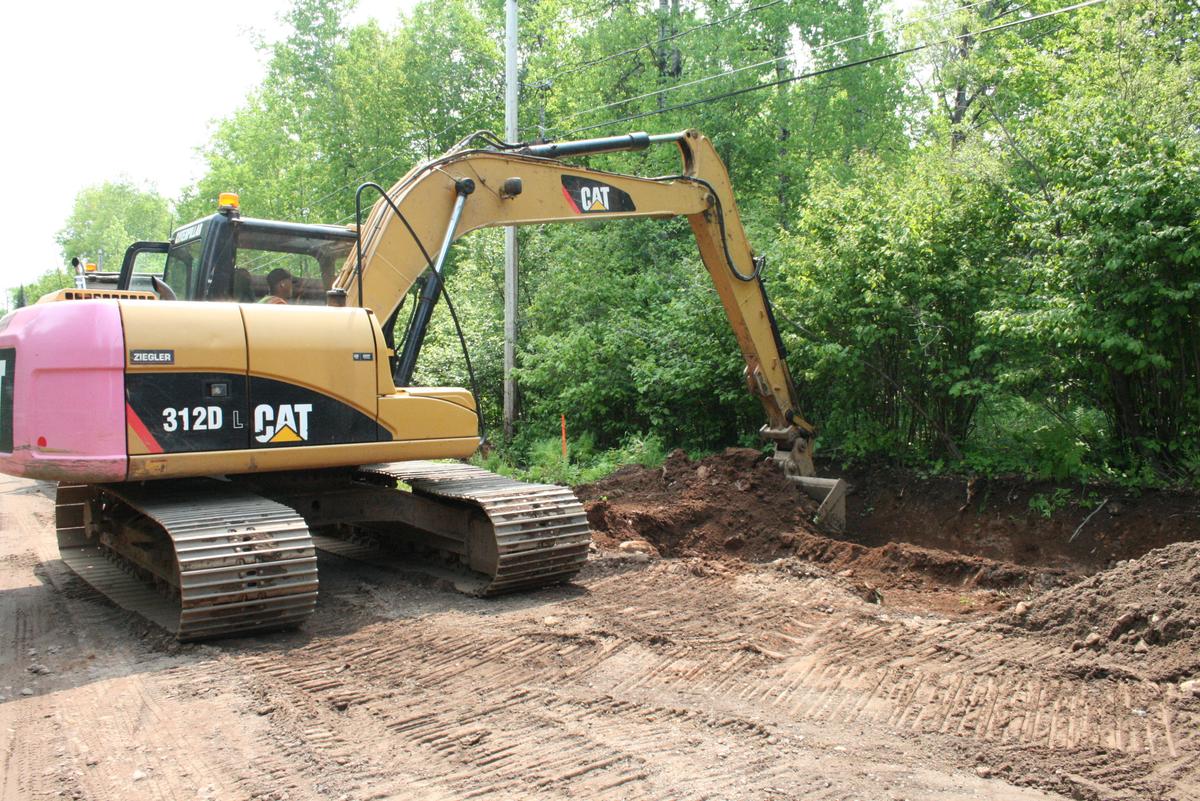Brady partnered with Minnesota Sea Grant to pull together a team with the expertise and the “Field Guide for Rural Roadside Ditch Maintenance” was published in 2014. Since then it has been distributed to every township in northeastern Minnesota and northwestern Wisconsin, as well as the northern county road departments. It is designed to sit in the front seat of an excavator, with easy-to-follow drawings, photos and references.
“We set out to help rural communities maintain safe ditches in cold northern climates, and in a way that protects the streams as much as possible,” said Brady. “We also have to keep water off roads for safety.”
The Minnesota Association of Townships wants to use the guidebook in statewide township training sessions and Brady is seeking funding to print more. A PDF of the guidebook is available from the Minnesota Sea Grant website. Initial funding for the guidebook was provided by the Great Lakes Restoration Initiative and the Minnesota Pollution Control Agency.
